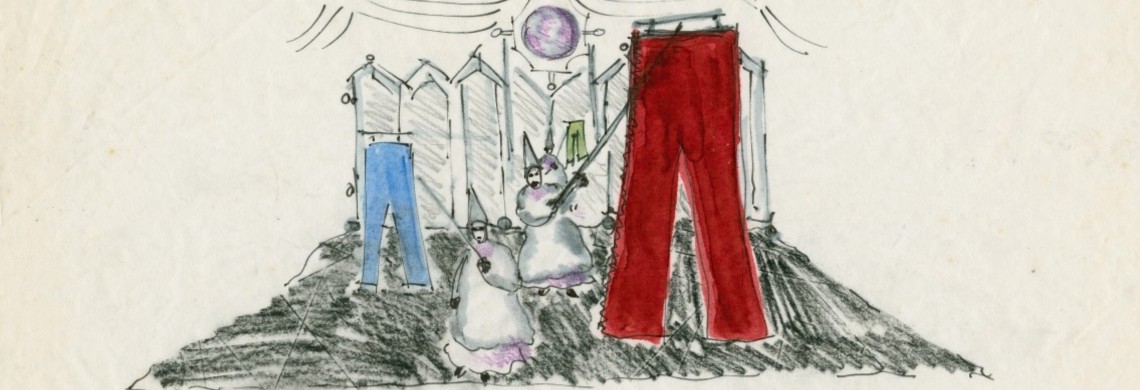A 1993 play remains one of the few adaptations of John Kennedy Toole's Pulitzer Prize–winning novel. THNOC talked to the play's production designer about her vision for the show and its influence on her own artwork.
A THNOC internship leads to the creation of an important tool for preserving and displaying Black Masking Indian suits.
Club Desire drew some of the biggest local and national musical acts, nurtured young talents like Fats Domino and Dave Bartholomew, and operated as a hub of the New Orleans Black community during segregation.
Summer 1969 brought New Orleans fully into the counterculture movement happening across the country, starting with a series of weekly love-ins at Mardi Gras Fountain.
A 19th-century coat was found in the attic of an old plantation. Now, it's helping researchers understand roles of fashion and clothiers in American slavery.
An experimental theater production sheds new light on one of Tennessee Williams’s most beloved characters.
Summer in New Orleans is like winter in the North—not for the faint of heart. But for centuries, residents have been finding a way to live—or leave—through the hottest months.
New Orleans has been home to countless musicians who have helped shape American music. Louis Moreau Gottschalk and Juvenile are two of them, and you might be surprised by what their music has in common.
THNOC houses hundreds of designs from the archives of Larry Youngblood and Carroll Pio Burtanog, two designers who outfitted Carnival kings, queens, and courtiers for decades. Here’s a look at some of their most outrageous creations.
Bruce Sunpie Barnes, Big Chief of the North Side Skull and Bone Gang, describes a Mardi Gras Black masking tradition.




















